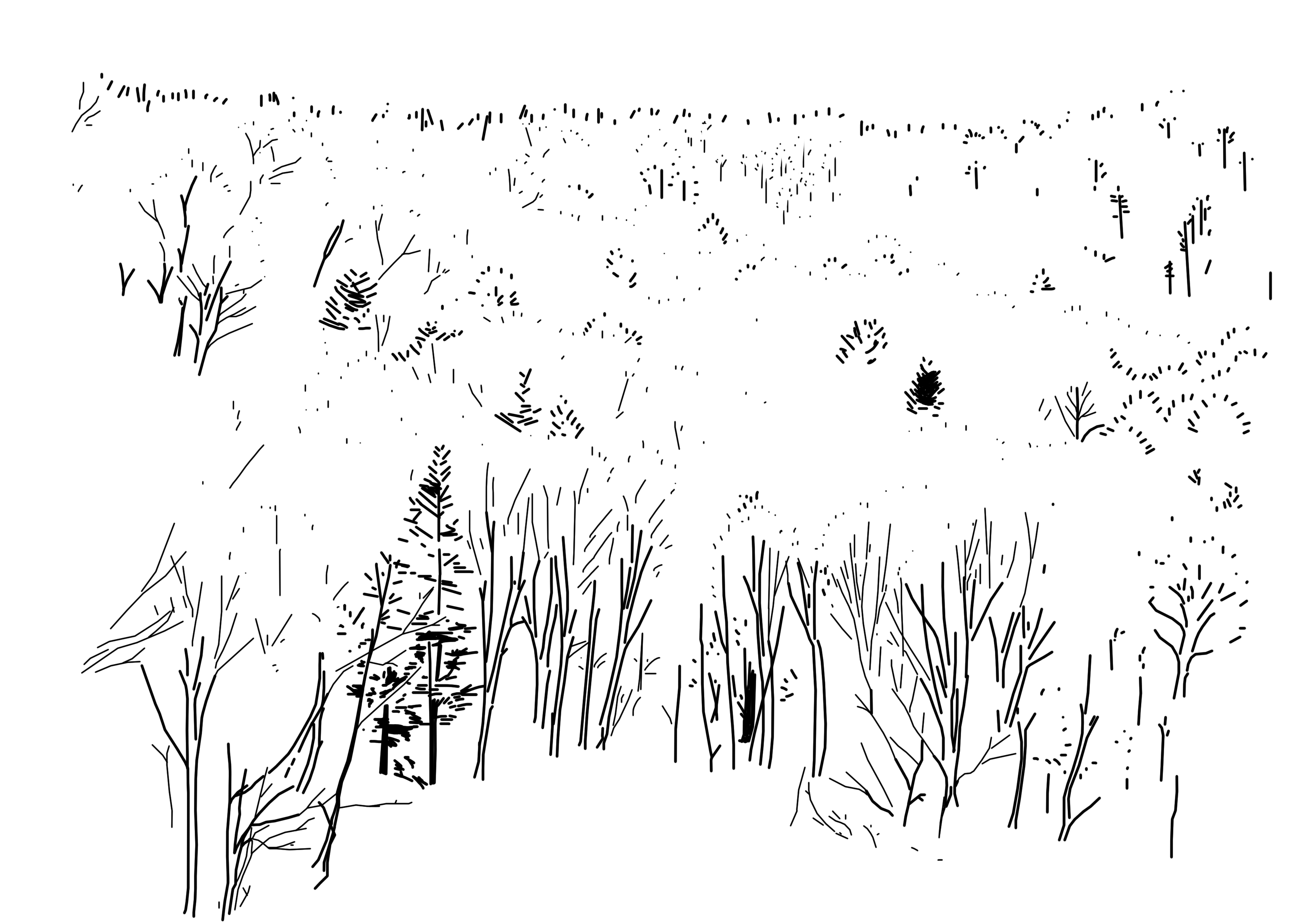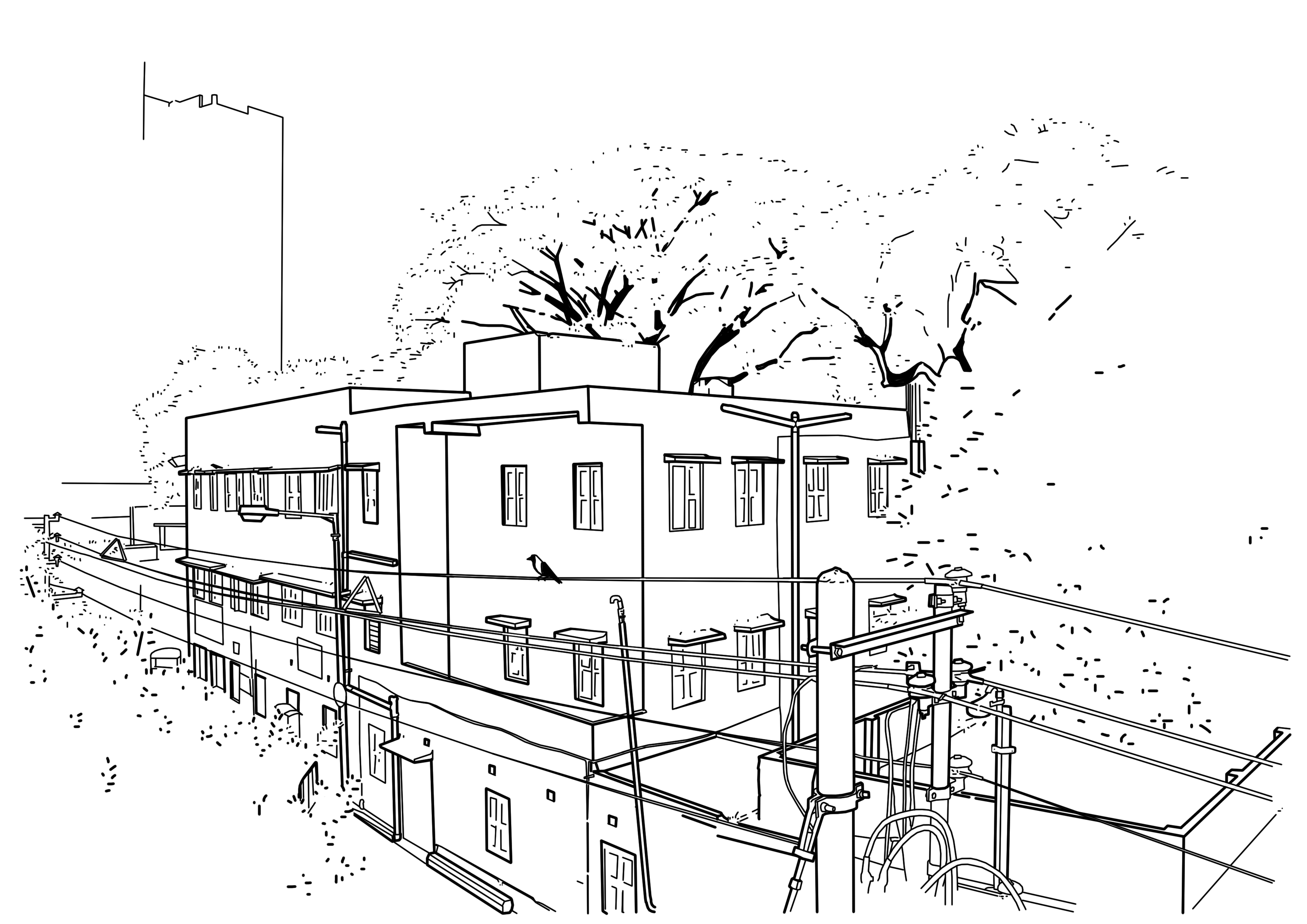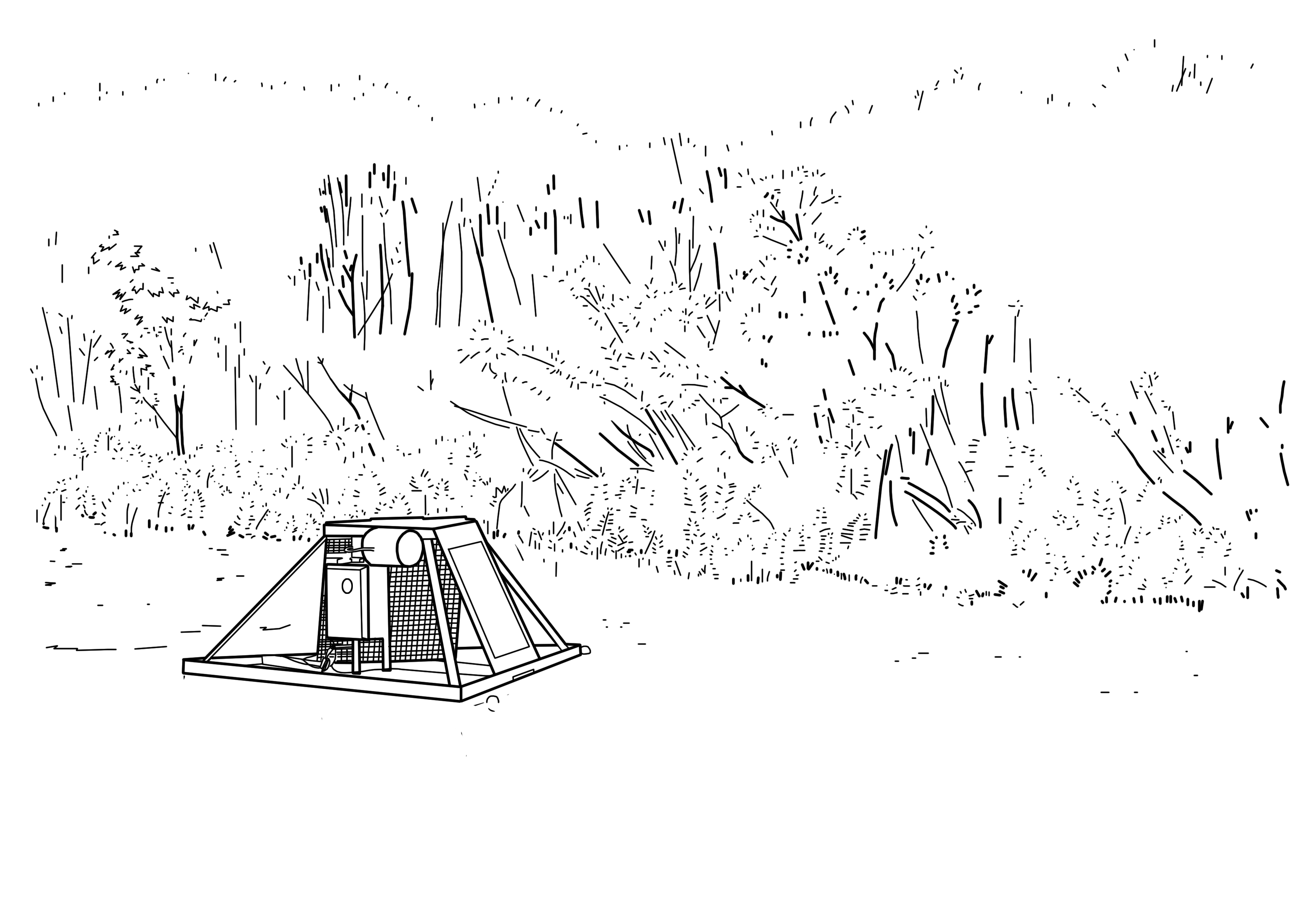Listen on
Resonance Extra
24 November - 29 December 2017
Fridays 12 Noon to 1pm London time (UTC)
The Acoustic Commons relays live streams on the Locus Sonus open microphone network and elsewhere, and conversations with streamers who transmit the sounds.
Set up and maintained by a disparate group of artists, activists, naturalists, and technicians,
these feeds provide real-time online links with the microphone locations at all times, revealing flows of activities, organisms and sounds from moment to moment and over the course of days and seasons.
As the network grows, it provides a wider and more detailed account of the diversity of soundscapes, linking the very local and the global. In some cases, as at Cyberforest, the streams are logged, creating an audio observatory for long term environmental monitoring. Other streams go unrecorded, sharing an ephemeral opening onto another place.
Date 24 November 2017
Site 54 Cambria Road, Loughborough Junction, London, UK
By Grant Smith self-noise.net

Drawing by Sam Baraitser Smith
Everyday sounds from a back yard in Loughborough Junction, South London. A small patch of trees and vegetation surrounded by gardens, buildings, roads, train tracks, not far from the centre of the city.
Ad hoc rewilding project on an accidental patch of land left over between developments, tacked on the back of the last house in a terrace. 'Unresolved patch of the planetary garden' (3rd landscape - Gilles Clément). Experimental field of the acoustic commons.
Sounds from hens, nearby schoolyard at recess, the Cambria pub, adjoining houses and backyards, a neighbour playing drums in his shed. Traffic. Planes on the approach to Heathrow International airport. Wrens, woodpigeons, goldfinches, blackbirds, crows, magpies, starlings, other birds, especially in Spring. Bees. Squirrels. Sirens. Helicopters. Domestic sounds.
Live stream on the Locus Sonus open microphone network, mainly continuous since September 2011 with a series of devices developed in collaboration with Locus Sonus and SoundCamp with input from Udo Noll at Radio Aporee and Max Baraitser Smith, using the open source streaming software Darkice by Ákos Maróy, Rafael Diniz and others.
Microphones based on the Primo EM-172 capsule (with thanks to Zach Poff).
For a period in 2015-16 the stream included an application developed by/with Christian Nold to send live decibel data to Xively, generating a graph of sound levels under the Heathrow flight path, which supplemented the live audio feed.
The current device uses streambox software 3.1 by Stef Cousot et al running on a Raspberry Pi 3 with Cirrus Logic soundcard, in a dribox with microphones installed under the overhanging lid, and synthetic fur and foam windscreens. It is powered over ethernet from a socket indoors, linked to the router via the mains wiring. The whole system runs on a solar array on the roof of the house.
Read more
Archive
Date 01 December 2017
Site Shiga Nature Education Park, Otanomo, Japan
By Cyberforest

Drawing by Sam Baraitser Smith
Secondary forest at 1600m in the Shiga Highlands.
Sounds of, wind, sleet, occasional bird calls. The first snow has fallen recently, after a warm, late Autumn.
24 hour live stream since 2011. One of a cluster of microphones set up and maintained by Professor Kaoru Saito, Daisuké Shimotoku and colleagues as part of the Cyber Forest research project at the University of Tokyo.
The microphones are located within the Shiga Highland Biosphere Reserve and operated in partnership with the Shinshu University Institute of Nature Education. The project comprises real time stereo sound transmission, data logging and public engagement, including remote bird census using the open microphones, phenological research, citizen science activities and machine based audio analysis by the SABIOD big data programme at CNRS, University of Toulon. The live data includes a video link. Part of a programme streaming live data from the University of Tokyo forests since the early days of the public internet.
Shiga Highlands BSR (MAB)
Cyberforest project page
Archive
Date 08 December 2017
Site Chittaranjan Colony, Kolkata, India
By Sukanta Majumdar

Drawing by Sam Baraitser Smith
The microphone is by a terrace of the house.
There is a pond on one side of the house, and a playground on the other side. Beside the playground there is a temple, where they sing in the morning and in the evening. You hear kids playing football and cricket in the afternoon in the ground. Some beautiful old tress are still surviving around the pond. Lots of different types of birds live on those trees.
Sukanta Majumdar is a sound artist and recordist. He is part of the The Travelling Archive
Archive
Date 15 December 2017
Site Pond Station, Wave Farm, Acra, New York, USA
By Zach Poff

Drawing by Sam Baraitser Smith
Pond Station is a modular platform for monitoring the hidden activity of a freshwater pond. It has been transmitting since May 2015 when it was commissioned as a long-term sculpture at Wave Farm in Acra, NY. It floats on the water's surface, broadcasting underwater sounds through a live radio link. It operates from dawn to evening every day, using solar-charged internal batteries. Pond Station's receiver is located in the Wave Farm radio studio where resident artists and broadcasters on WGXC FM can experience the pond's natural sounds or remix and interpret them.
At sunrise, Pond Station's hydrophones (underwater microphones) reveal a photosynthetic chorus of bubbling as plants begin to produce oxygen. Insect, fish and frog vocalizations continue all day, combined with the traces of sounds in the air that excite the water too (like passing cars, singing insects or humans). Rain on the pond surface creates a dense cloud of high-frequency detail, like the coals in a cooling campfire. In the winter, life in the pond slows down to near silence as the water ices over, but the ice may crackle and hiss during its daily expansion and contraction.
Zach Poff is a digital media artist, maker and educator based in the New York area.
Archive
Date 22 December 2017
Site Le Rove, Niolon, France
By Peter Sinclair

Drawing by Sam Baraitser Smith
The microphones are on a balcony of the artist's house above the sea in a small steep sided cove.
Former fishing village among Mediterranean scrub landscape (maquis / garrigue) with small terraced gardens. In the summer lots of tourists, lots of cicada. In the winter waves and birds. Gulls, collared doves, rigging, voices. From time to time the whistle from a small coastal train line. Except on weekends and holidays, there is little traffic.
Peter Sinclair is a sound artist based in Aix-Marseille. With Jérôme Joy, he is co-founder of the sound art and research project Locus Sonus. Among other activities, Locus Sonus has pioneered over more than 10 years a soundmap, platform and open source technologies that enable contributors to set up open microphones and share the sounds of their locations in real time.
Locus Sonus
Archive
Date 29 December 2017
Site South Walney Island, Cumbria, UK
By Cumbria Wildlife Trust, Octopus Collective, SoundCamp

Drawing by Sam Baraitser Smith
Exposed site with turbulent sounds of wind, tides, shipping, seabirds.
The streambox is located on a shingle beach at the Southernmost tip of S Walney Island,facing the Irish Sea across the bay from Barrow-in-Furness. The beach supports a distinctive flora including the rare Walney Geranium (G. sanguineum var. striatum). In Autumn, seals come to the beach to give birth. From mid April it is home to a large colony of gulls. Sandwich terns, eiders, oystercatchers can be heard from the water and the beach, with curlews on the saltmarsh behind. The box sits on a concrete plinth above the tideline.
The stream was installed by Andrew Deakin (Octopus) and Sarah Dalrymple (CWT) on 7 April 2017. It uses a Raspberry Pi streambox with Cirrus Logic soundcard and Primo EM-172 microphones, running V 3.1 of the streambox software developed by Stef Cousot at Locus sonus and others. It includes the live audio streaming software Darkice, an open source project by Ákos Maróy and Rafael Diniz.
The streambox uses a Teltonika RUT950 4G router with an external antenna on a mast, to connect to an EE mobile tower. The design is based on a nucleus for bees or small vernacular building, recalling the Greek root: oikos (house) in ecology. An overhanging slate roof provides mass and weather protection for the microphones.
The Cumbria Open Microphone Network (COMN) is a collaboration between the Cumbria Wildlife Trust's Nature Reserve on South Walney, Octopus Collective and SoundCamp. It is developing a new residency to explore the entanglement of human and not human activities and histories on the island. Key strands include the site's historical and ongoing significance as a field station for gull research, the proximity to nuclear and wind power stations, and its national and international significance as a migration stopover and overwintering point for seabirds. These intersections can be investigated and sometimes directly apprehended through the island's sounds. Initial work from the first phase was presented at Full of Noises Festival in October 2017, including live streams between the island and Barrow's market hall.
South Walney Nature Reserve
Octopus Collective
South Walney live stream
GULL SPIT - COMN phase 1 for FON
Archive





